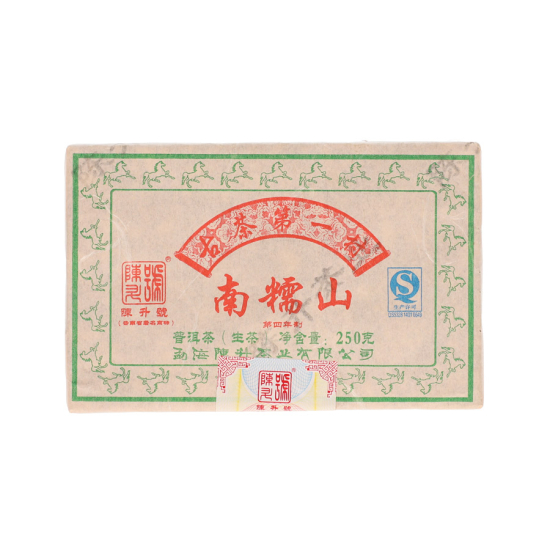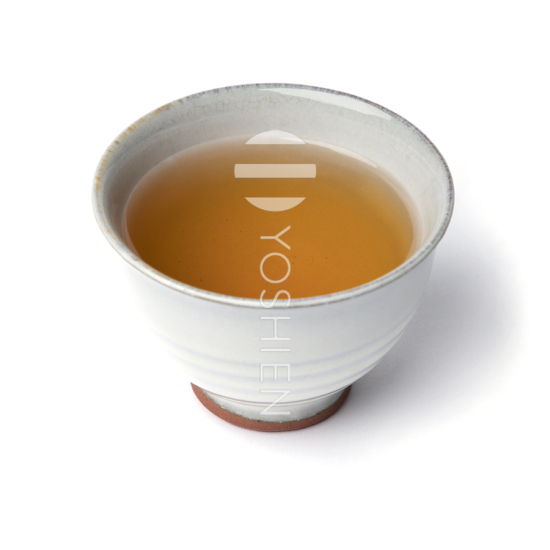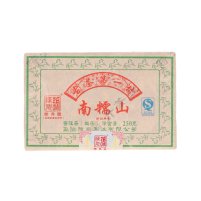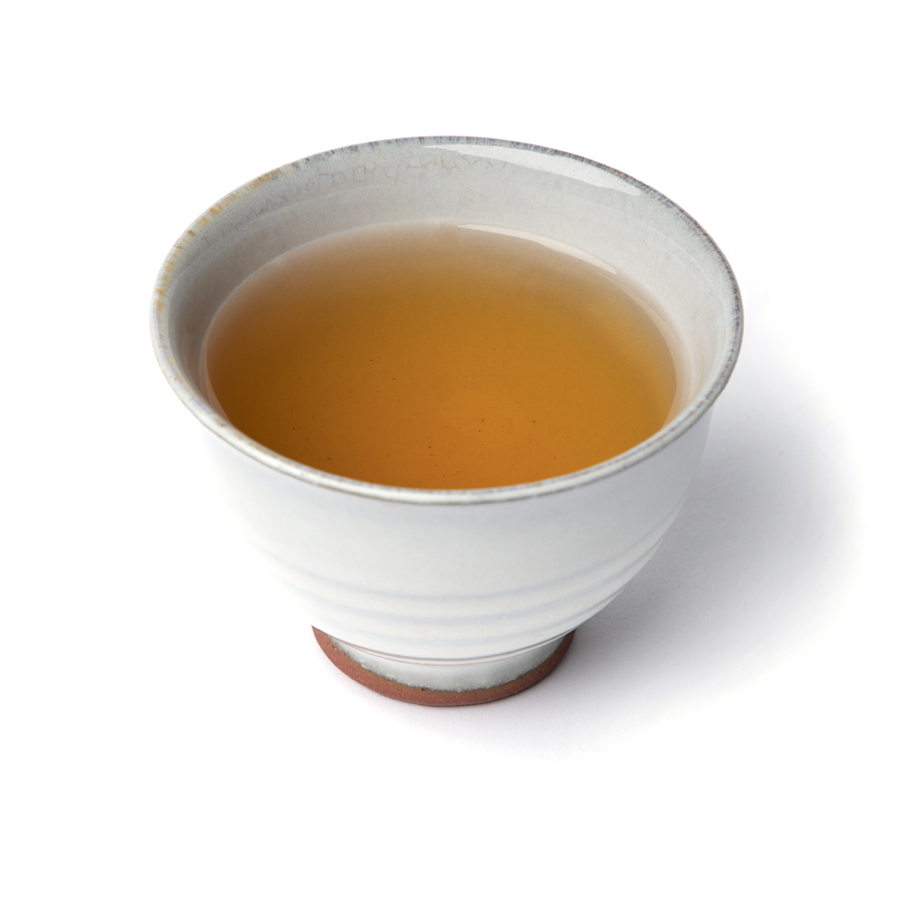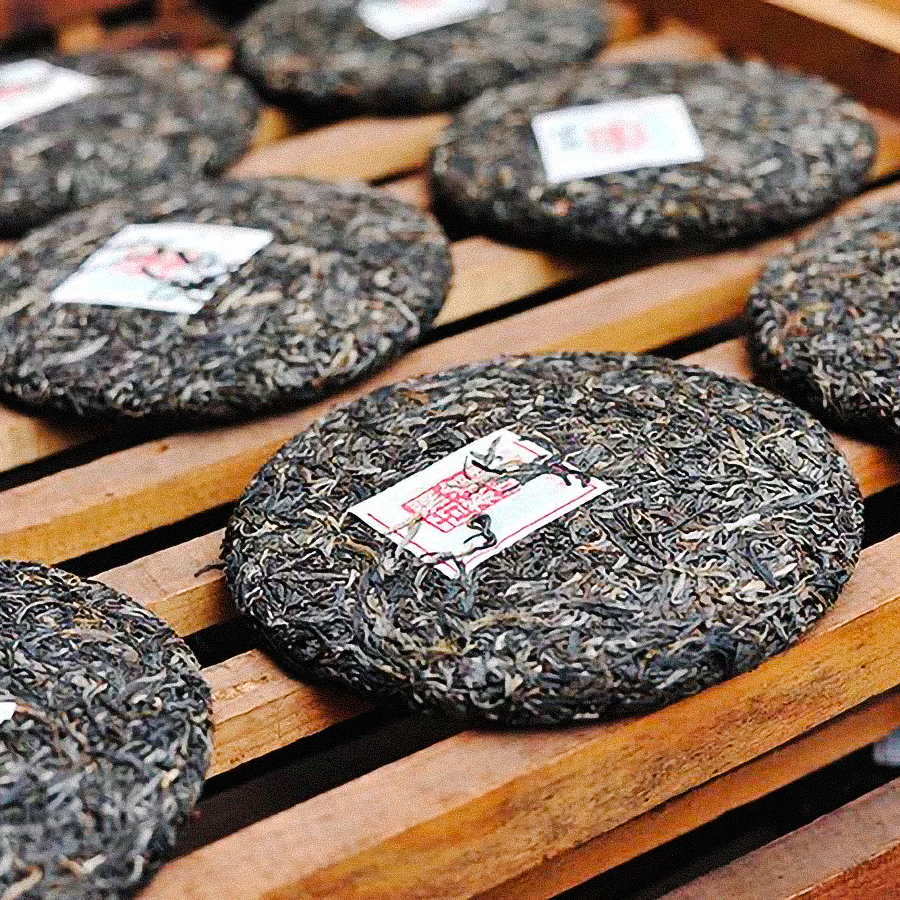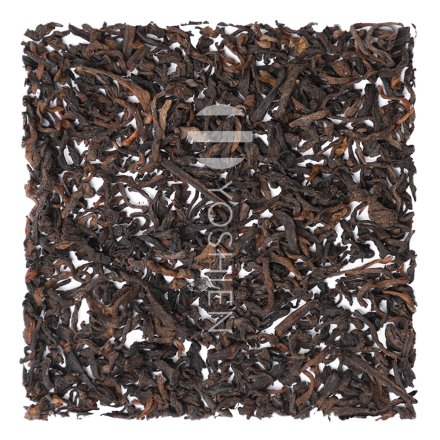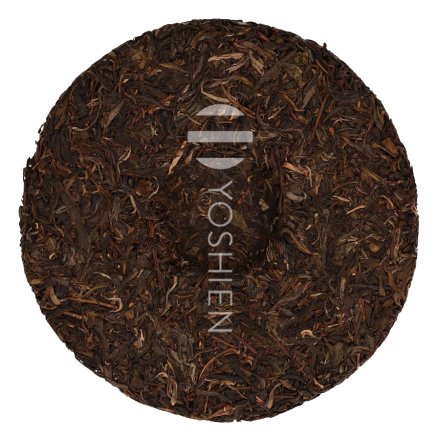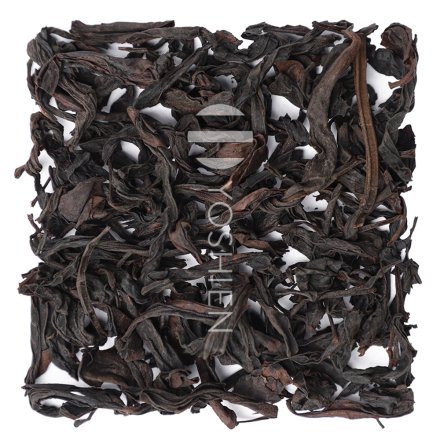The Nan Nuo Mountain Range is located, like most other renowned Pu-Erh tea mountains, far to the south in the Chinese province of Yunnan near the border with Burma/Myanmar and Laos. The mountains reach elevations of 800-1,500m and have a mild climate with warmer winters and moderate summers.
Pu-Erh tea from Nan Nuo Shan enjoys an excellent reputation which is rooted in the excellent growing conditions for the tea trees as well as the long history of tea making in the region. The production of Pu-Erh tea in Nan Nuo Shan can be traced back into the times of the Tang Dynasty (618-907 BCE).
The region is populated by the Hani cultural minority, who share a spiritual connection with the old Pu-Erh trees. As a result of the growing demand for Nan Nuo Shan Pu-Erh, these trees are both the basis of cultural traditions as well as a means of livelihood and financial security. With due respect to the central role that these trees play in their lives, the Hani people carefully attend to the tea trees.
Storage
This tea was produced in 2014 and stored for maturation in Guang Zhou, China until 2018. Since 2018 the tea has continued to be ripened under special conditions at Sunday Natural in Berlin.
Centuries-Old Pu-Erh Trees
The tea plants needed for producing Pu-Erh are autochthonous, large-leafed, and wild-grown tea plants. In contrast to generic tea plants grown around the world, this type does not grow as a bush, but rather as a tree that can live for up to thousands of years. Scientific study of the Camellia taliensis suggests that this tree is the common ancestor of all other types of tea. This cultivar is native to the region where China, Vietnam, Laos, and Myanmar meet. This is also where the Chinese province of Yunnan is located, and the history of Yunnan is also intertwined with the first known attempts to cultivate tea. For this reason, Yunnan is often considered the "cradle of all teas". In the tea forest of Yunnan, each tree has an individual character with a different shape and different cultures of moss and fungi. As such, each tree produces its "own" tea. The older the tree, the deeper its roots extend into the earth and into deep layers of rock and stone. These older trees can absorb minerals and trace elements that are passed on to the leaves and buds. The tea made from the buds and leaves of wild-grown older trees is thus rich in minerals and highly desirable.





